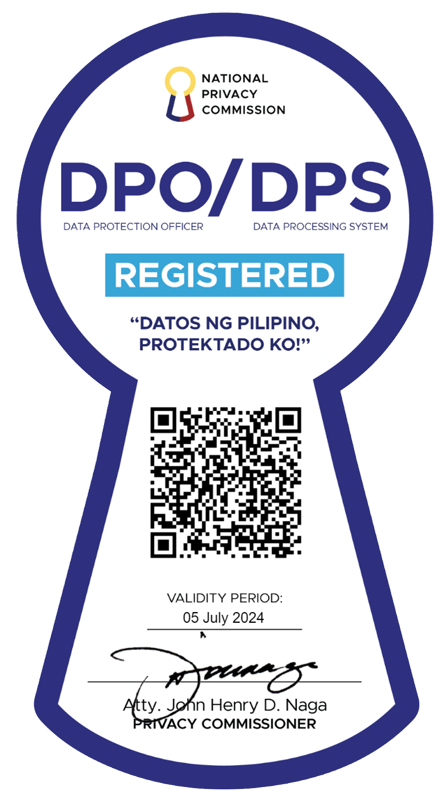Filtered by: Scitech
SciTech
DOH-NCR launches sign language module for health workers
To help health workers communicate better with patients, especially those with hearing problems, the Department of Health (DOH) in Metro Manila has launched the first Filipino Sign Language (FSL) module.
DOH Metro Manila director Eduardo Janairo said health workers will be trained on "proper gestures and body movements" so they can communicate using sign language.
"We need to introduce FSL in our health care system and strengthen its use for the benefit of people who have difficulty hearing or speaking. Health workers will also benefit from using this module as it will enrich their knowledge, skills and awareness on the needs of people using FSL as their communication," he said in a post on the DOH's Facebook page.
Janairo said the module introduces the health worker to the basic signs they will need to communicate with deaf patients.
These include the alphabet, numbers, greetings, time, days, months and common questions asked in the emergency room, and using simple gestures.
The DOH cited figures from the 2000 Census on Persons with Disabilities (PWD) showing there are some 120,000 deaf people in the country.
It added the 2004 Philippine Registry on Persons with Disability showed 571 registered PWDs in Metro Manila with speech and hearing impairment.
Developing the FSL module were the Philippine Deaf Resource Center, University of the Philippines Philippine General Hospital, CAP College for the Deaf, De La Salle University – College of Saint Benilde and the Department of Education – National Capital Region.
“With this manual as a guide, we can address the health inequities in our health care system and ensure PWDs the administration of accurate health care treatment," Janairo said.
He added the FSL module should pave the way for the adaption of FSL as a second medium of communication for the use of the Filipino deaf community.
Importance of training
The DOH said health workers should be educated with the basics of FSL so they can convey their messages and instructions on the services they are rendering to their deaf patients.
With the module, they can also understand the patient when he/she discloses information about his/her illness and providing an acceptable and appropriate treatment.
It will also minimize or prevent inaccuracy and errors in communication that can pose health risks and liabilities to health providers. — TJD, GMA News
More Videos
Most Popular




